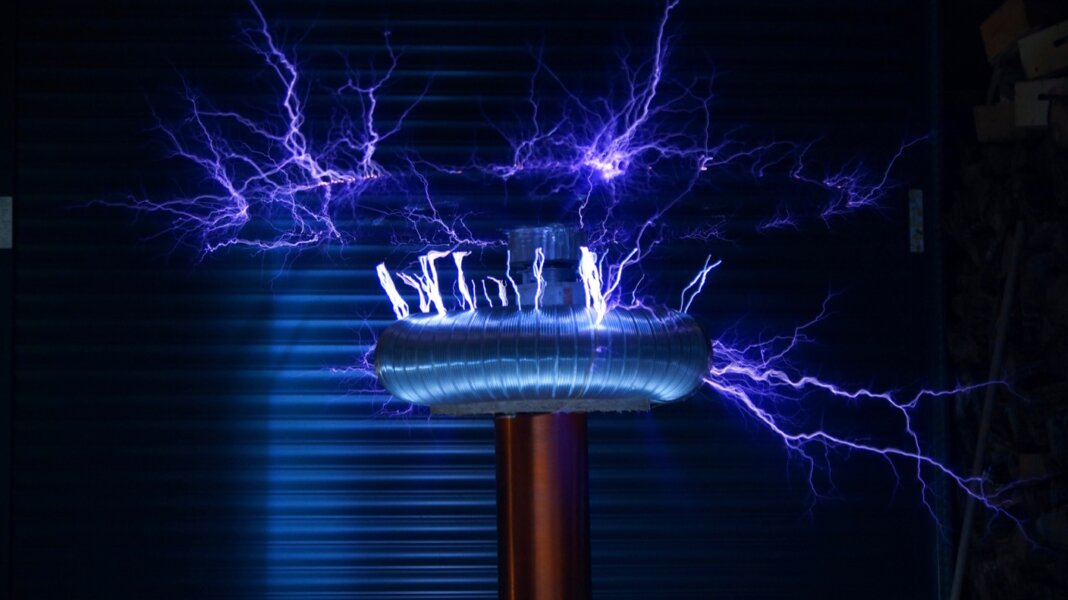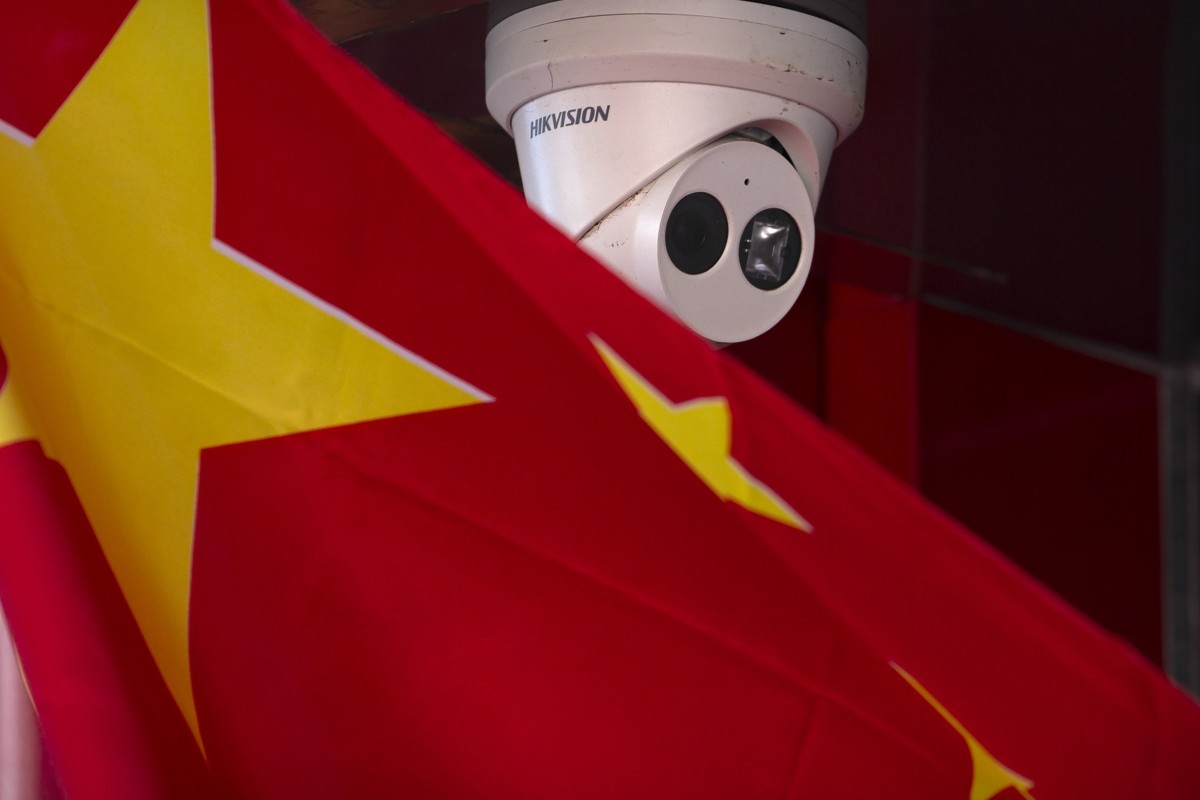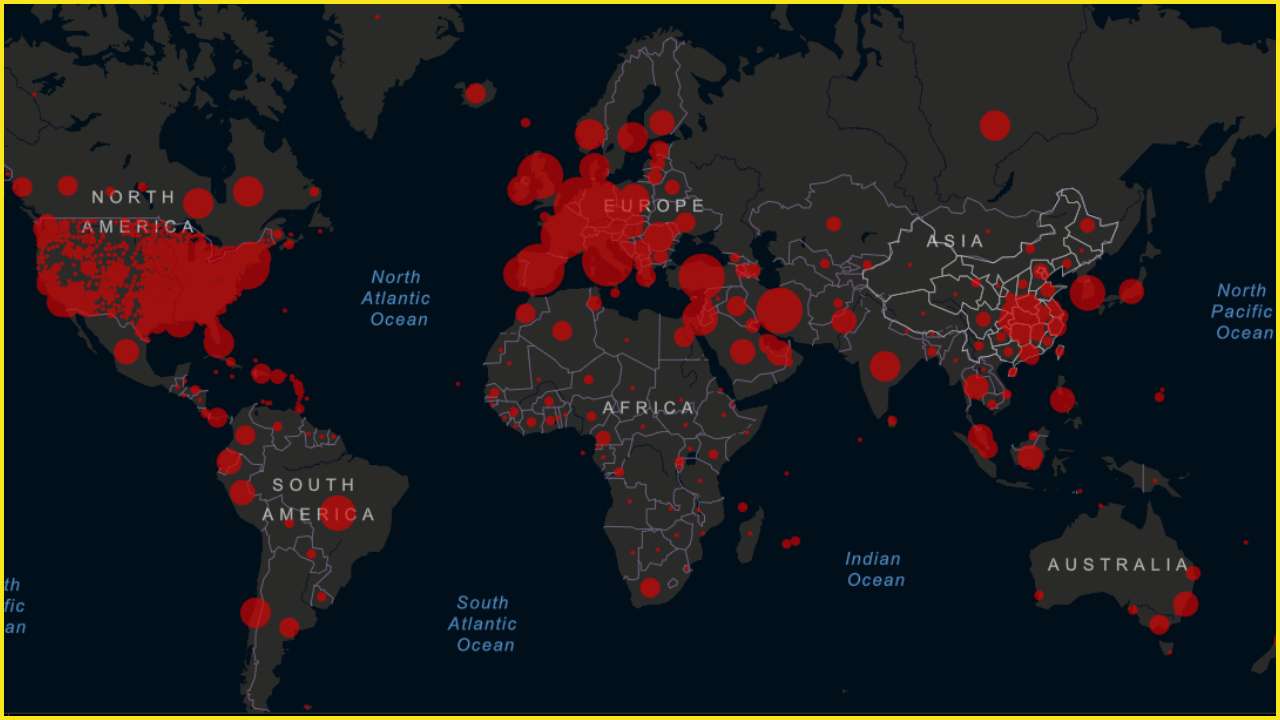Neuralink’s Wildly Anticipated New Brain Implant: the Hype vs. the Science the brain mostly operates on electrical signals. If we can tap into these enigmatic “neural codes”—the brain’s internal language—we could potentially become the architects of our own minds. .......... raw neural recordings are too massive for efficient transfer, and automated spike detection and compression of that data is difficult, but a necessary step to allow neural interfaces to finally “cut the wire.” .............. an undercurrent of tension between what’s possible in neuroengineering versus what’s needed to understand the brain. .......... as neuroscience is increasingly understanding the neural code behind our thought processes, it’s clear that more electrodes or more stimulated neurons isn’t always better. Most neural circuits employ what’s called “sparse coding,” in that only a handful of neurons, when stimulated in a way that mimics natural firing, can artificially trigger visual or olfactory sensations. With optogenetics—the technique of stimulating neurons with light—scientists now know that it’s possible to incept memories by targeting just a few key neurons in a circuit. Sticking a ton of wires into the brain, which inevitably causes scarring, and zapping hundreds of thousands of neurons isn’t necessarily going to help. ................... Without an idea of how neural circuits work and in what sequences, zapping the brain with electricity—no matter how cool the device itself is—is akin to banging on all the keys of a piano at once, rather than composing a beautiful melody. .......... the brain will eventually activate non-neuronal cells to form an insulating sheath around the electrode, sealing it off from the neurons it needs to record from ............. Rather than other brain-machine interface companies, which generally focus on brain disorders, it’s clear that Musk envisions Link as something that can augment perfectly healthy humans. Given the need for surgical removal of part of your skull, it’s hard to say if it’s a convincing sell for the average person, even with Musk’s star power and his vision of augmenting natural sight, memory playback, or a “third artificial layer” of the brain that joins us with AI. ................. Neuralink has a long way to go. ........ To quote Musk: “There’s a tremendous amount of work to be done to go from here to a device that is widely available and affordable and reliable.”

Algorithms Workers Can’t See Are Increasingly Pulling the Management Strings At Amazon’s fulfillment center in south-east Melbourne, they set the pace for “pickers,” who have timers on their scanners showing how long they have to find the next item. As soon as they scan that item, the timer resets for the next. All at a “not quite walking, not quite running” speed. ............ US developer HireVue says its software speeds up the hiring process by 90 percent by having applicants answer identical questions and then scoring them according to language, tone, and facial expressions. ......... Granted, human assessments during job interviews are notoriously flawed. Algorithms, however, can also be biased. ........ Algorithms do what their code tells them to do. The problem is this code is rarely available. This makes them difficult to scrutinize, or even understand. ............ accepting gigs as quickly as possible and waiting in “magic” locations. Ironically, these attempts to please the algorithm often meant losing the very flexibility that was one of the attractions of gig work. .......... When Uber Eats bicycle couriers asked for reasons about their plummeting income, for example, responses from the company advised them “we have no manual control over how many deliveries you receive.” ......... When algorithmic management operates as a “black box” one of the consequences is that it is can become an indirect control mechanism. ........... this control mechanism has enabled platforms to mobilize a reliable and scalable workforce while avoiding employer responsibilities. ............. Without human oversight based on agreed principles we risk inviting HAL into our workplaces.

New Zealand Is About to Test Long-Range Wireless Power Transmission Earlier this month, Emrod received funding from Powerco, New Zealand’s second biggest utility, to conduct a test of its system at a grid-connected commercial power station. The company hopes to bring energy to communities far from the grid or transmit power from remote renewable sources, like offshore wind farms. .......... four components: A power source, a transmitting antenna, several (or more) transmitting relays, and a rectenna. ............ First, the transmitting antenna transforms electricity into microwave energy—an electromagnetic wave just like Marconi’s radio waves, only a bit more energetic—and focuses it into a cylindrical beam. The microwave beam is sent through a series of relays until it hits the rectenna, which converts it back into electricity. ................... if it works as intended, the beam won’t ever contact anything but empty air. ......... The system uses a net of lasers surrounding the beam to detect obstructions, like a bird or person, and it automatically shuts off transmission until the obstruction has moved on. ........... metamaterials developed in recent years are the difference-maker. .......... The relays, which are like “lenses” extending the beam beyond line-of-sight by refocusing it, are nearly lossless ............ the system’s efficiency is around 70%, which is short of copper wires but economically viable in some areas. ............. It’s not about replacing the whole infrastructure but augmenting it in places where it makes sense.” .......... the company is also looking into whether they could beam power across 30 kilometers of water from the New Zealand mainland to Stewart Island. He said the system could cost as little as 60 percent of an undersea cable.
Taiwan stuck at a crossroads with US and China over trade deals, facing conflicting prospects Speculation has mounted as to whether China will allow its Economic Cooperation Framework Agreement with Taiwan to end amid rising political tensions US Health and Human Services Secretary Alex Azar also floated the prospect of renewing long-running US-Taiwan trade talks, but doubts remain on both fronts .............. If Trump decides to pursue an agreement, it would thus probably be for political reasons and could produce a reaction that he may not fully understand or expect.”














